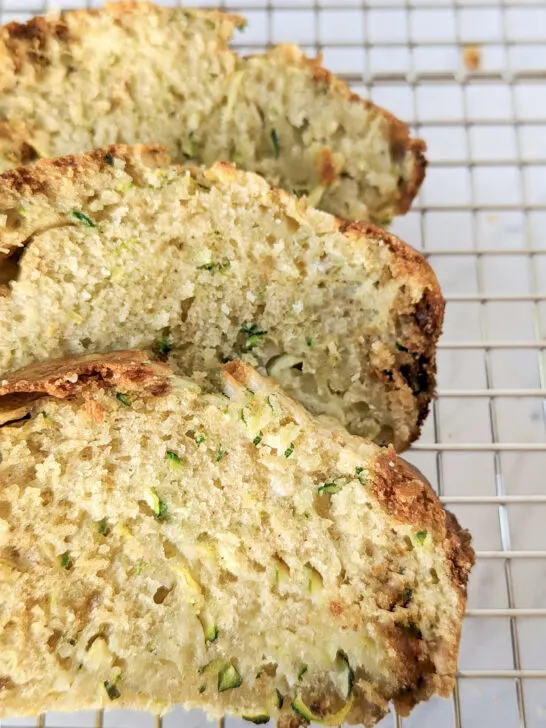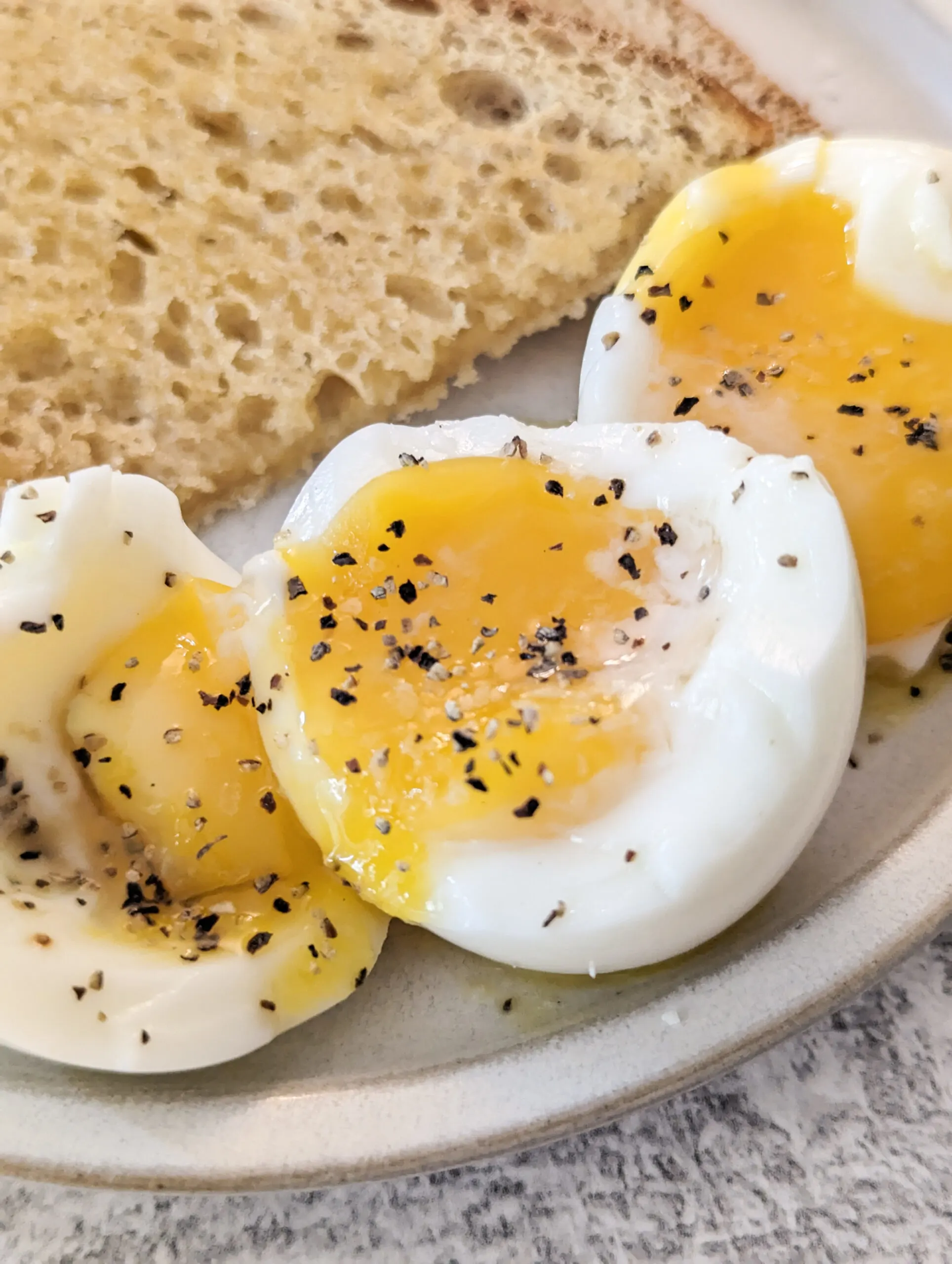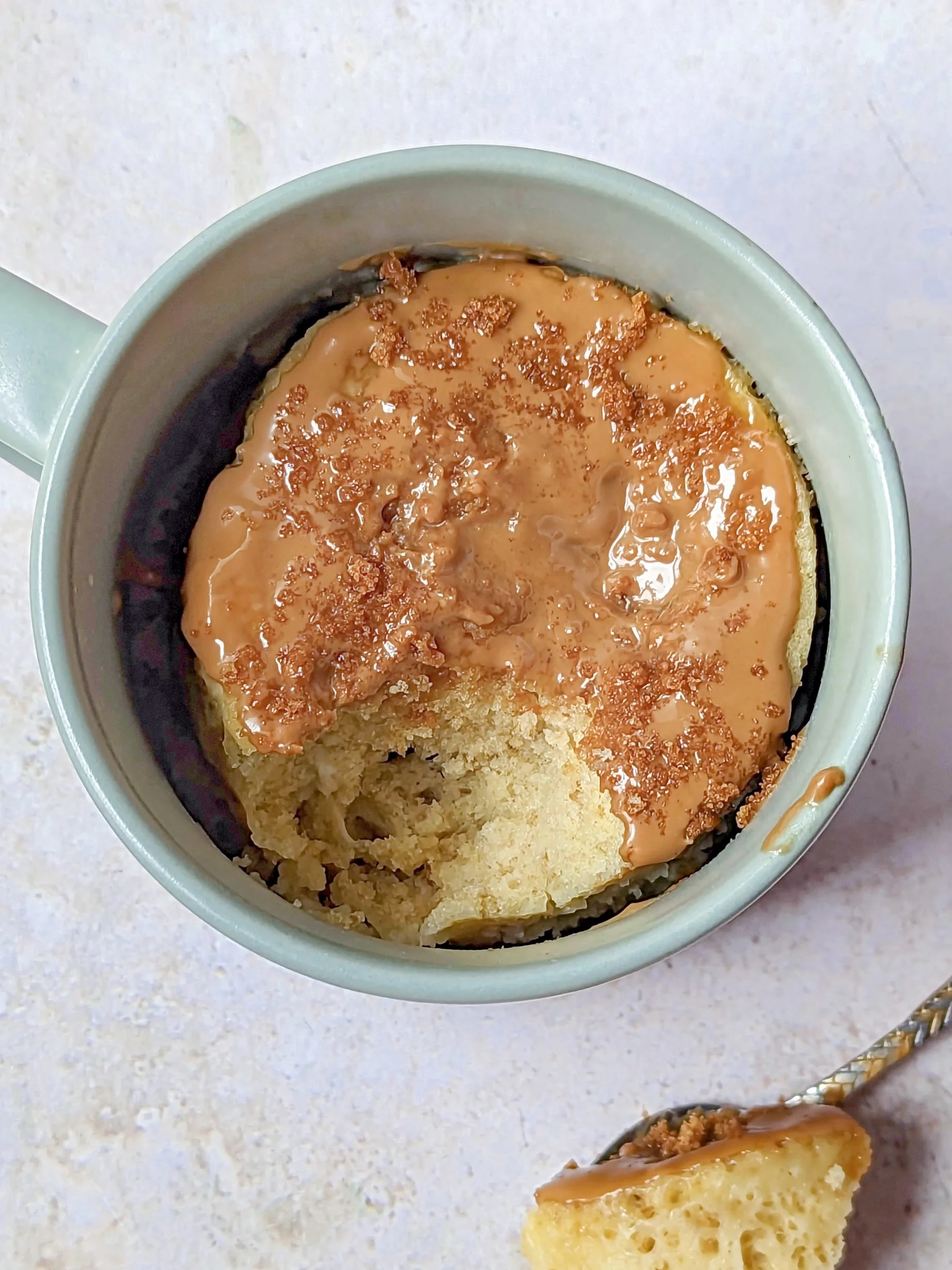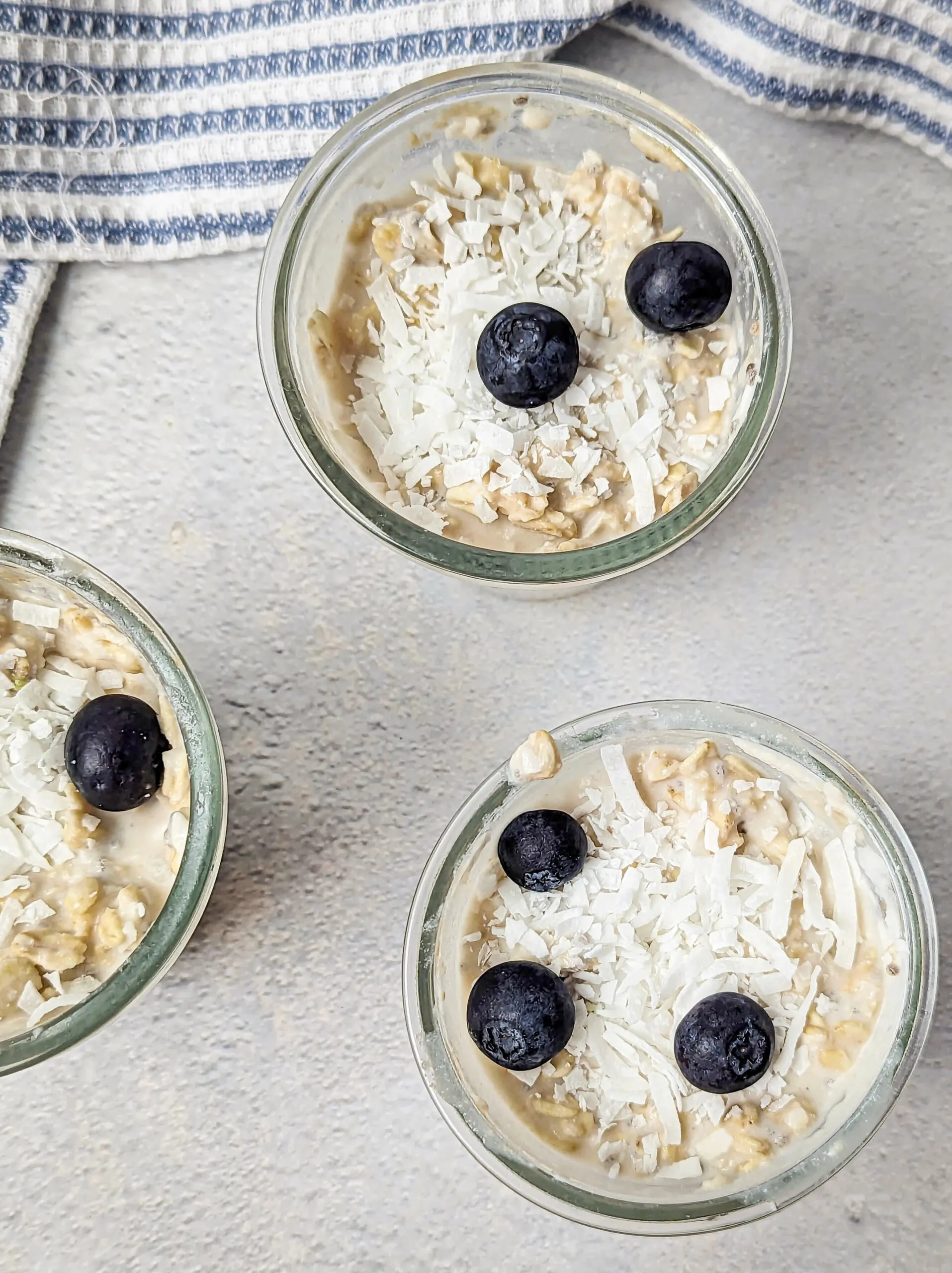What are the best coffee beans for cold brew? We’ve got you covered so you can choose the right beans, roast, and grind to make a perfect cold brew concentrate.
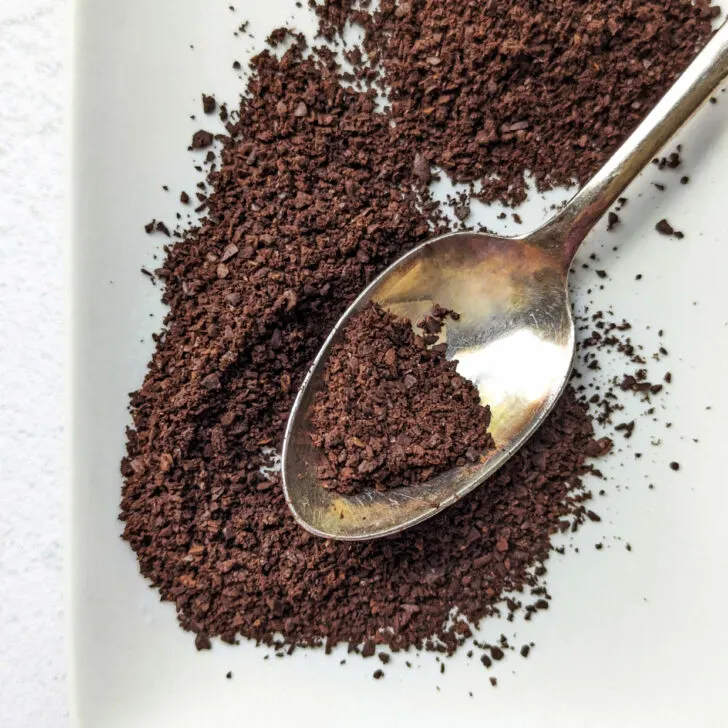
WHAT IS COLD BREW COFFEE?
Good things come to those who wait, and that’s certainly the case with cold brew. Coarse-ground coffee beans steep in room temperature or cold water for an extended period (ideally 12-24 hours) to slowly extract the flavor and aroma of the coffee beans, resulting in a smooth concentrate with less acidity and a more robust flavor.
WHAT ARE THE BEST COFFEE BEANS FOR COLD BREW?
What Kind of Roast is Best for Cold Brew?
Medium to dark-roasted beans are the best coffee beans for cold brew because they produce a smooth and well-rounded flavor. Since they have such a strong flavor, they handle the lengthy steeping process without diluting or becoming bitter.
My all-time favorite coffee bean for cold brew is New Mexico Piñon Coffee, but here are some other tasty and accessible options I have tried:
I recommend avoiding lighter roasts for cold brew since they retain acidity and dilute more quickly, which can lead to a slightly sour and bitter taste.
What Type of Grind is Best for Cold Brew?
Choosing the best grind for cold brew comes down to understanding how water moves through the beans as it steeps, and coarsely ground coffee beans are the clear winner!
Water moves through coarse coffee beans more slowly, allowing the flavor of the coffee beans to extract more evenly. If you use finely ground coffee beans, water moves through the beans more quickly, resulting in a bitter and more diluted cold brew concentrate.
Another advantage of using coarse-ground coffee beans is that if you’re using a filter, they are less likely to clog it. And since the coarse coffee beans are large, they are easier to separate and strain when preparing cold brew in a jar – no one wants crumbles in their coffee.
Purchase pre-ground coffee in the grocery store and look for those labeled coarse or French press. You can also buy coffee beans and grind them at home using a coffee grinder set to the coarsest setting. Or use a commercial one inside stores like Costco or Sprouts, as I do.
SEARCHING FOR MORE LIKE THIS?
If you love this article, pair cold brew with one of these breakfast favorites!
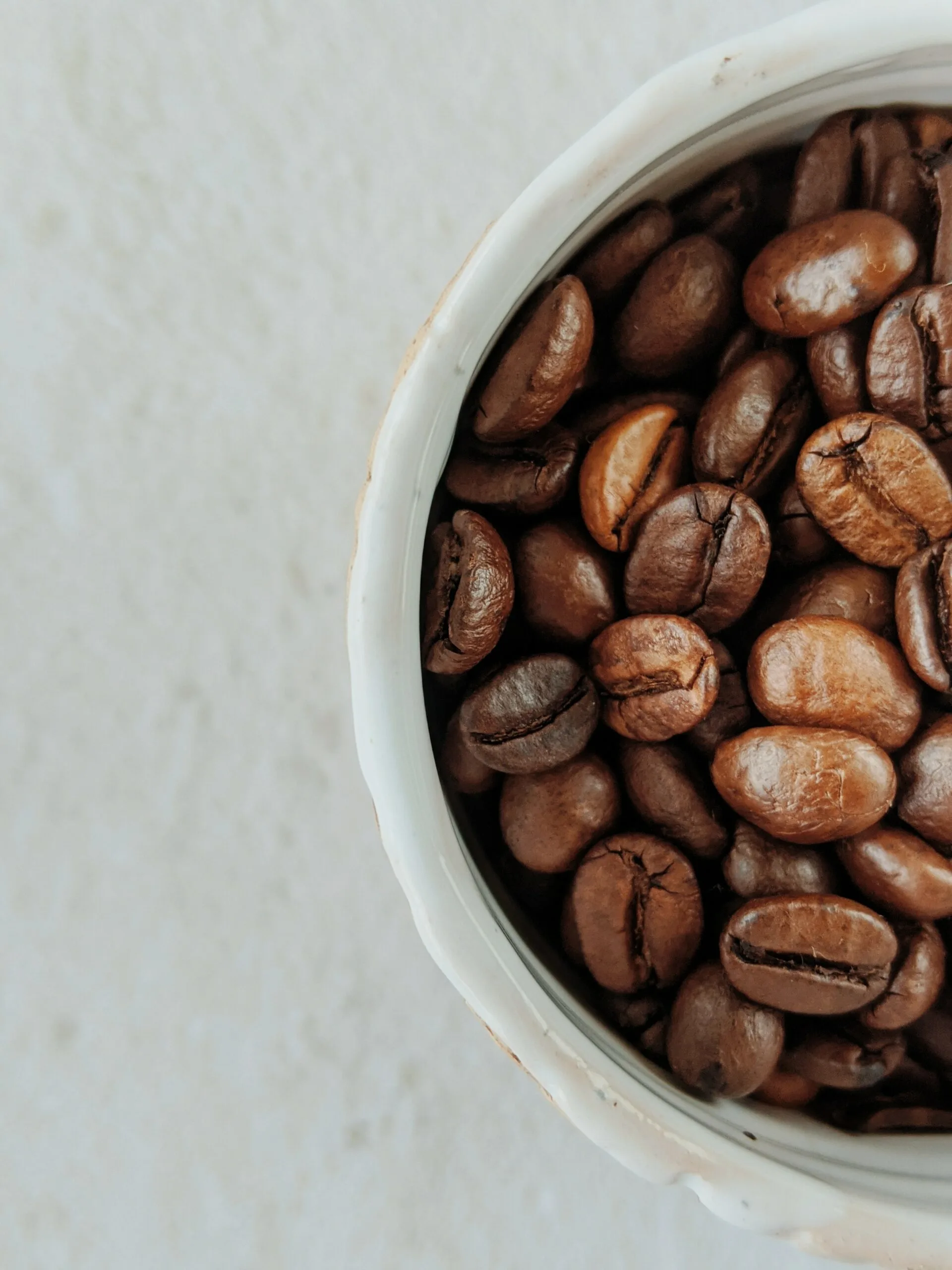
HOW TO MAKE COLD BREW
Make Cold Brew in a Toddy:
Ingredients:
- Best Beans for Cold Brew
- Cold Water
- Toddy Cold Brew System
Instructions:

Make Cold Brew in a Jar:
Ingredients:
- Best Beans for Cold Brew, coarsely ground
- Cold Water
- Glass Jar with a Lid
Instructions:
- For a standard ratio, use 1 cup of coarsely ground coffee beans for every 4 cups of water.
- Place the coarsely ground coffee into the clean glass jar. Pour the water over the coffee grounds. Stir gently to ensure all the grounds are saturated.
- Close the jar with its lid and let it steep at room temperature for 12 to 24 hours. The longer it steeps, the stronger the cold brew will be.
- Use a fine-mesh sieve, coffee filter, or cheese cloth to strain the coffee into a separate container.
- Once strained, your cold brew concentrate is ready to be enjoyed. You can dilute it with water or milk to your preferred strength. Cold brew concentrate can be stored in the refrigerator for up to two weeks.
HOW SERVE COLD BREW
When you’re ready to serve cold brew, please note that if you’re using a cold brew concentrate, you should dilute it with water or milk using a 1:4 ratio. Sweeten the cold brew with sugar, simple syrup, or your preferred sweetener. You can also add milk or cream to make a cold brew latte.
FREQUENTLY ASKED QUESTIONS
Is arabica or robusta better for cold brew?
Use arabica or robusta coffee beans to make cold brew concentrate, but deciding which one to use is a matter of preference, so let’s look at how they compare.
Arabica beans from the Coffea arabica plant generally have a smoother and more complex flavor profile with subtle floral and fruity notes. Cold brew made with Arabica beans tends to be mild and less bitter, making it a popular choice for those who prefer a smoother, delicate flavor profile.
On the other hand, robusta beans are known for their strong, robust flavor and higher caffeine content. Cold brews made with robusta beans can be more intense, appealing to those who prefer a strong coffee in the morning.
To achieve a coffee with a milder taste, you can opt for arabica beans. If you like a strong, more caffeinated cold brew, robusta beans are the beans for you.
Can I make cold brew coffee with fine ground beans?
You can make cold brew coffee with finely ground coffee beans, but it’s generally not recommended. Using fine-ground beans can lead to over-extraction during the long steeping process, which may result in a bitter final product.
What is the best ratio of coffee grounds to water?
The best ratio of coffee grounds to water for making cold brew coffee is 1:4 or 1:5. This means using 1 part coffee grounds to 4 or 5 parts water. However, adjust the exact ratio according to your taste preferences.
Strong Cold Brew: 1:4 ratio (1 part coffee grounds to 4 parts water) – This results in a strong, more concentrated cold brew.
Balanced Cold Brew: 1:5 ratio (1 part coffee grounds to 5 parts water) – This is a more common ratio, providing a balanced and flavorful cold brew without being overly strong or weak.
Light Cold Brew: 1:6 ratio (1 part coffee grounds to 6 parts water) – If you prefer a milder and less intense cold brew, this ratio will produce a lighter flavor.
What coffee does Starbucks use for their cold brew?
According to their website, Starbucks uses a custom blend of coffee beans for the cold brew made with 100% percent arabica Latin American and African ground coffees that are “grown to steep long and cold for a super-smooth flavor.”
More Drink Recipes:

